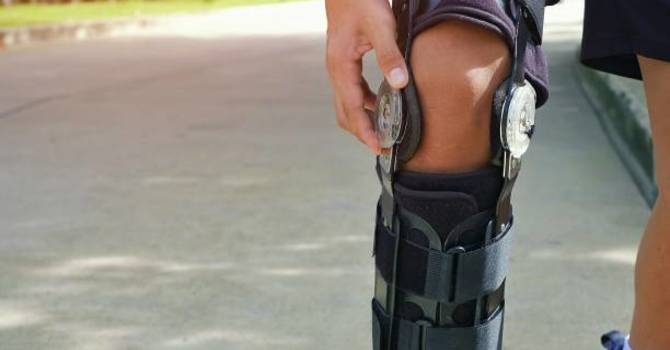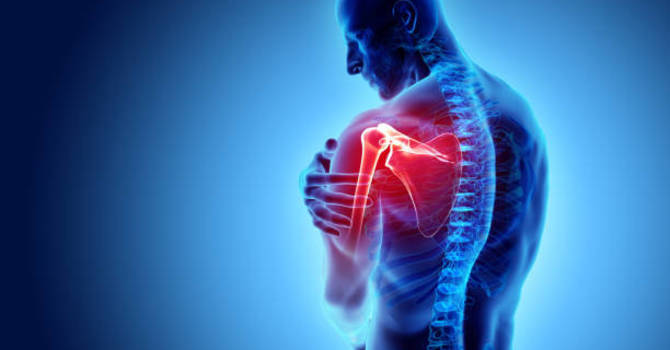
At Tulsi Wellness Club in San Diego, our functional medicine doctors are dedicated to providing comprehensive and innovative solutions to support your wellness journey. One emerging treatment that has piqued interest for managing Attention Deficit Hyperactivity Disorder (ADHD) is Low Dose Naltrexone (LDN). In this article, we will explore what Low Dose Naltrexone is, provide an overview of ADHD, explain how LDN is administered, and discuss how it might benefit individuals with ADHD.
What is Low Dose Naltrexone?
Low Dose Naltrexone (LDN) is a modified version of the medication Naltrexone, which is traditionally used at higher doses to treat opioid addiction. Naltrexone works by blocking opioid receptors in the brain, which helps manage cravings and withdrawal symptoms in individuals dealing with addiction. However, when used at much lower doses—typically between 1 to 5 milligrams—LDN is used off-label for a variety of conditions.
LDN operates differently from its higher-dose counterpart. At low doses, LDN temporarily blocks opioid receptors, leading to a rebound increase in the body’s production of endorphins. Endorphins are natural chemicals that play a role in regulating pain, mood, and immune function.
What is ADHD?
Attention Deficit Hyperactivity Disorder (ADHD) is a neurodevelopmental disorder commonly diagnosed in children, though it can continue into adulthood. It is characterized by symptoms such as inattention, hyperactivity, and impulsivity. These symptoms can significantly impact an individual's academic performance, social interactions, and daily functioning.
The exact cause of ADHD is not fully understood, but it is believed to involve a combination of genetic, neurological, and environmental factors. Traditional treatments for ADHD often include stimulant medications, behavioral therapies, and lifestyle modifications.
How is Low Dose Naltrexone Given?
Low Dose Naltrexone is administered in a much smaller dose compared to its use in addiction treatment. The typical dosage for LDN ranges from 1 to 5 milligrams per day. The medication is usually taken in the form of an oral tablet.
At Tulsi Wellness Club, we provide personalized care to determine the appropriate dosage and timing for LDN based on your individual needs and health conditions. LDN is commonly taken at bedtime to align with the body’s natural rhythms and minimize potential side effects, such as sleep disturbances or vivid dreams.
How Does Low Dose Naltrexone Work for ADHD?
The use of Low Dose Naltrexone for ADHD is an area of ongoing research, and while not yet widely accepted as a standard treatment, there are several proposed mechanisms through which LDN might benefit individuals with ADHD:
-
Neurotransmitter Regulation: ADHD is often associated with imbalances in neurotransmitters, such as dopamine and norepinephrine. LDN may influence the production and regulation of these neurotransmitters by increasing endorphin levels, which could potentially help with mood regulation and focus.
-
Mood Improvement: Endorphins are known to have mood-enhancing effects. By increasing endorphin levels, LDN might help alleviate symptoms of anxiety and depression, which often co-occur with ADHD and can exacerbate its symptoms.
-
Cognitive Function and Focus: Some anecdotal reports suggest that LDN might improve cognitive function and attention. Although more research is needed, the increase in endorphins may contribute to better concentration and cognitive clarity.
-
Behavioral Regulation: By modulating the immune system and reducing inflammation, LDN may also help improve overall brain function and behavior, potentially leading to better impulse control and reduced hyperactivity.
What to Expect on Low Dose Naltrexone
When using Low Dose Naltrexone for ADHD, the timeline for experiencing benefits can vary from person to person. Some individuals may notice improvements within a few weeks, while others might require several months to see the full effects. As with any treatment, consistency and regular follow-up are key to assessing progress and making any necessary adjustments.
Side effects from LDN are generally mild and may include temporary digestive changes or sleep disturbances. These effects usually diminish as your body adjusts to the medication.
Conclusion
Low Dose Naltrexone offers a novel approach for managing ADHD, with potential benefits through neurotransmitter regulation, mood improvement, and cognitive support. At Tulsi Wellness Club, we are committed to exploring cutting-edge treatments and providing personalized care to help you achieve your health and wellness goals. If you are interested in learning more about LDN for ADHD or if you have any questions about how it might fit into your treatment plan, please contact us. Our team is here to provide you with the information and support you need to enhance your well-being and quality of life.
Dr. Natasha MacLeay
Contact Me


